by Marguerite Kearns
When I was young, my mother told me that my grandmother Edna Buckman Kearns did important work campaigning for Votes for Women.
Edna died a long time before I was born, so I could only imagine what those days before the vote had been like. I thought about Edna and dreamed about her. Even though I was shy, I pictured myself standing up in class at school and telling everyone about Edna and her activism. There was a great deal to say, including how New York in 1917 was the 12th state to grant voting rights to women before the 19th Amendment was ratified in 1920. The New York State victory doubled the number of voters in the United States and increased the possibility of a national amendment to the U.S. Constitution.
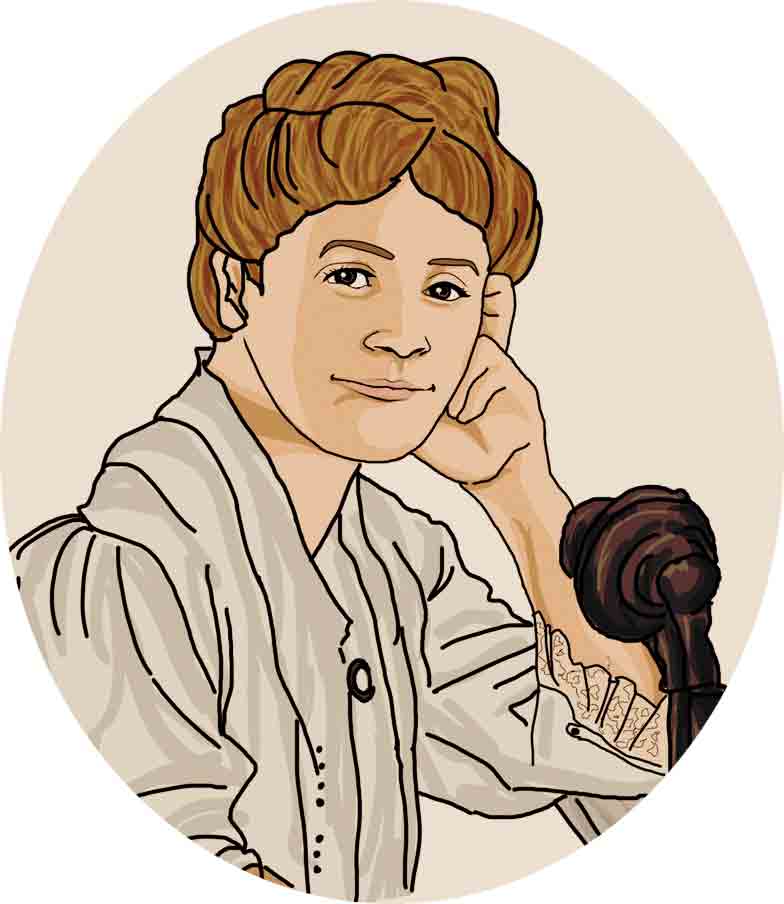 I waited all through elementary school. The subject of Votes for Women never came up in class, that is until junior high when my social studies teacher summed up this period of history in one sentence when he said: “And then in 1920, women were GIVEN the vote.”
I waited all through elementary school. The subject of Votes for Women never came up in class, that is until junior high when my social studies teacher summed up this period of history in one sentence when he said: “And then in 1920, women were GIVEN the vote.”
I knew this wasn’t right. No one gave women the vote. They worked hard for it, and it took over 70 years, although that’s about all I knew.
Every summer my grandfather Wilmer Kearns pulled open the garage door and dragged out my grandmother Edna’s suffrage wagon that she used on Long Island and in New York City. My mother dressed up my siblings and me, and we all sat in the wagon to have our photos taken. I still didn’t know much about woman suffrage then, but I was determined to find out.
In the past few years I’ve been researching and writing about the suffrage movement, in part to learn more about Edna, and in part to share my enthusiasm about this part of our history. Edna worked on local, state and national suffrage issues. She was the National Woman’s Party representative on Long Island, as well as press chair for local and state campaigns. Edna picketed the White House with the National Women’s Party in 1917.
I love sharing stories about how Edna hitched a horse to the wagon and traveled from town to town to use it as a speakers’ platform. The wagon was also featured in parades, used for public relations stunts, and as a special display during community events. The “Spirit of 1776” wagon represented a major theme of the suffrage movement which was the completion of the unfinished business of the American Revolution.
Edna Kearns may be my grandmother, but in a sense she represents all of our grandmothers and great grandmothers and others who made it possible for us to vote today. It took tens of thousands of activists to come together on this one issue.
And now, so many years later all eyes are on me when I’m finally telling the story about Grandmother Edna. I could never have imagined that after the passage of so many years, my goal of telling this tale has finally come true.
Suffrage Wagon News Channel has been publishing since 2009.
Find out about the larger context of Edna Kearns and the “Spirit of 1776” suffrage wagon by following SuffrageCentennials.com
In 2016 I worked with co-chair Bob Cooney and the National Women’s History Project to honor Inez Milholland in the 100th year since her death in 1916. I still update the Inez Milholland centennial blog.
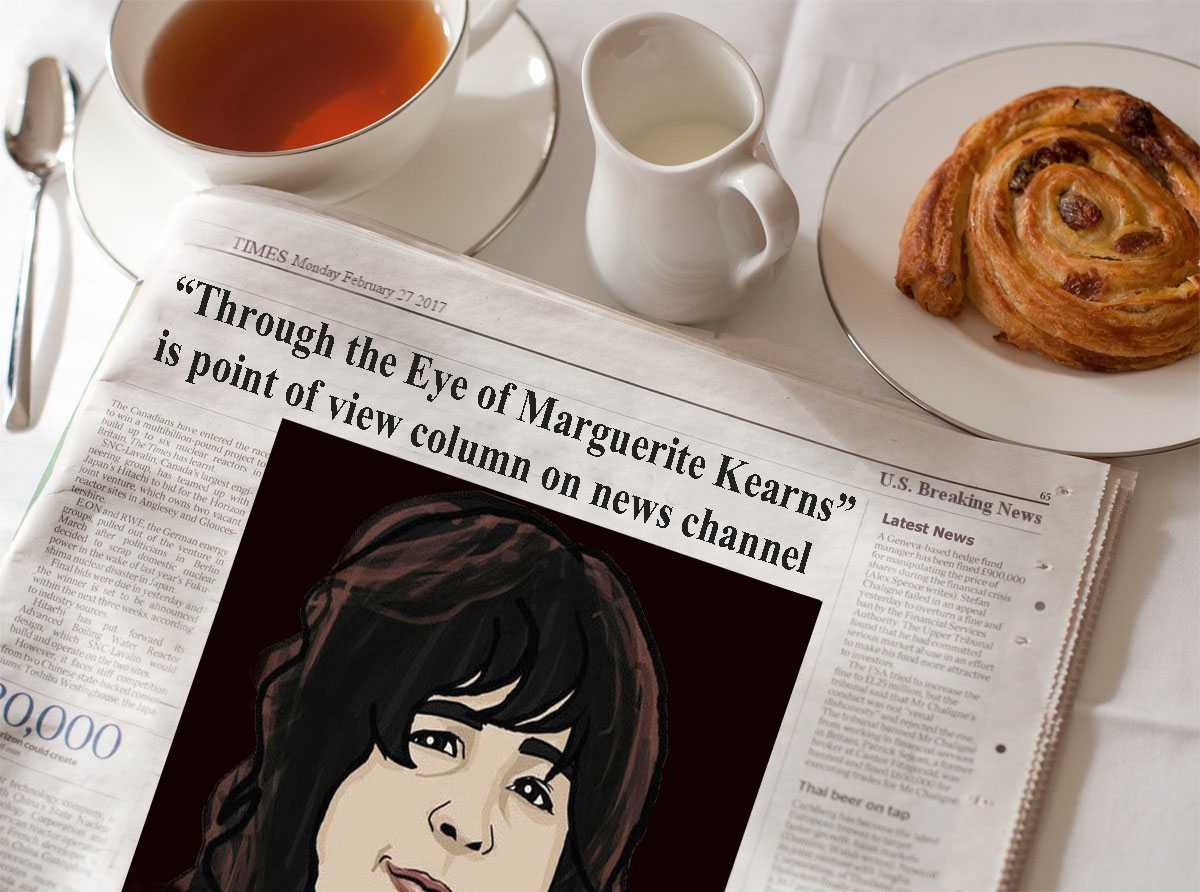
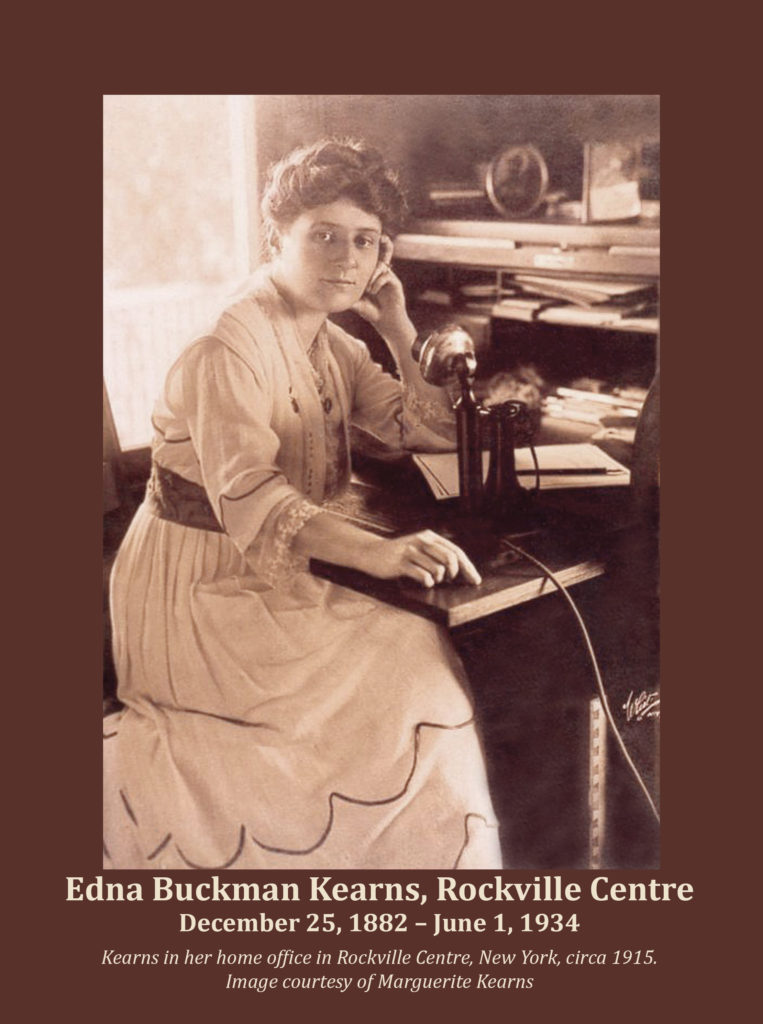
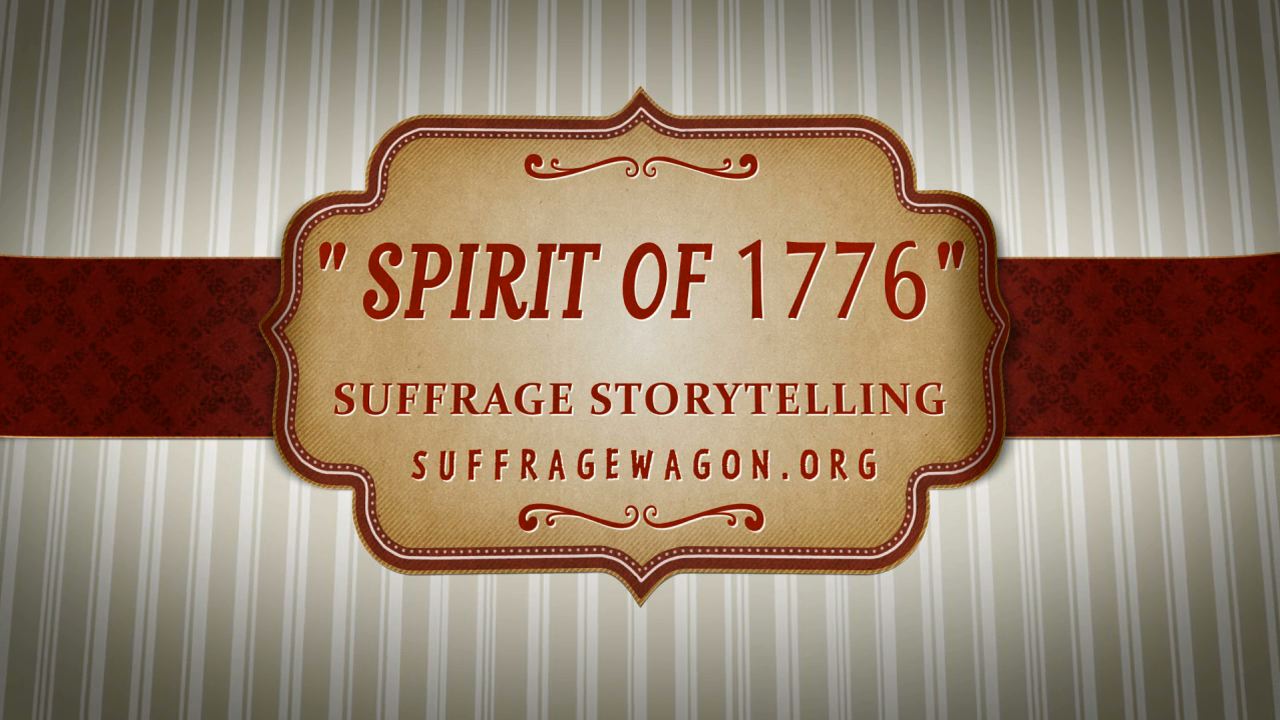
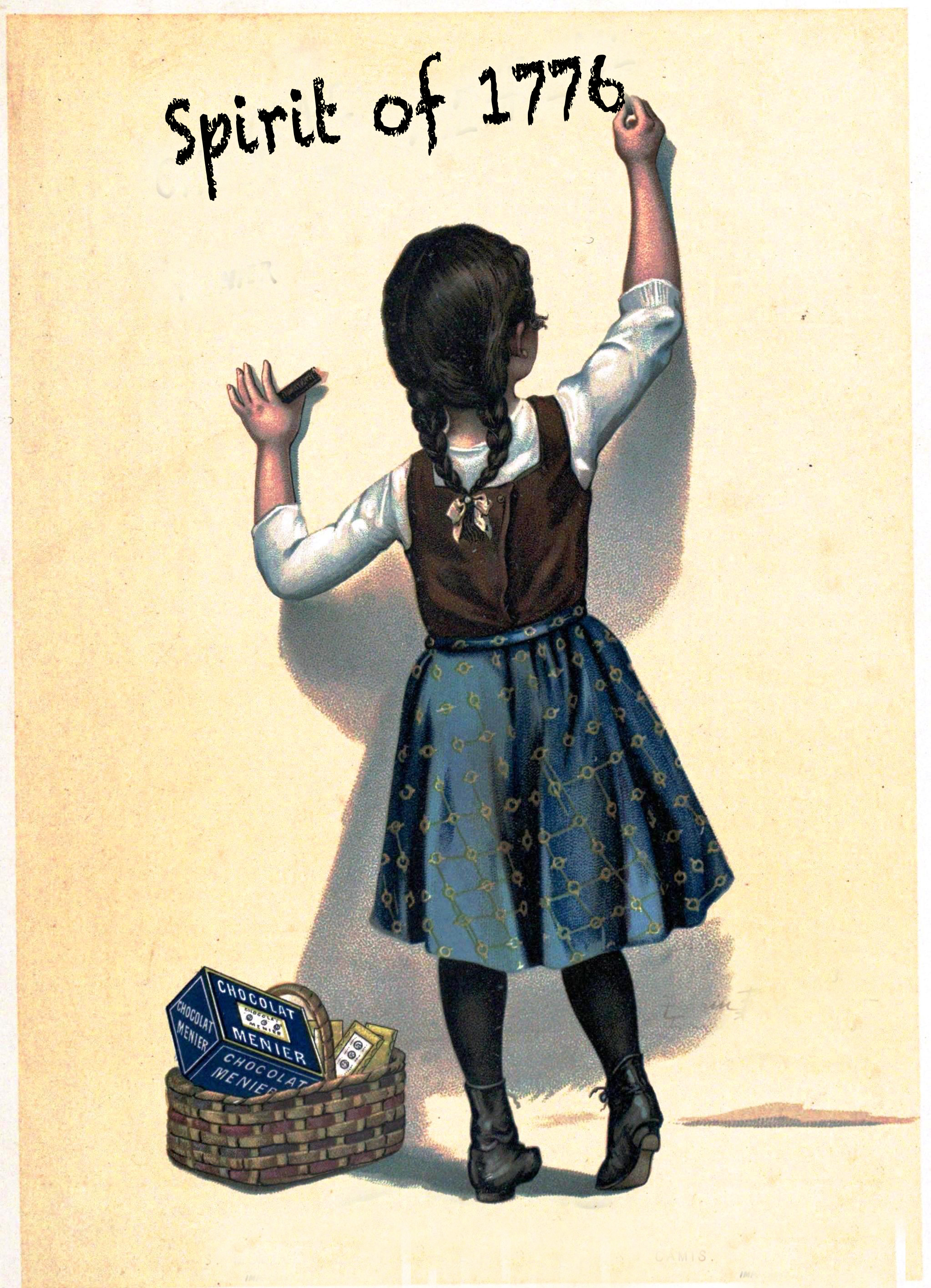
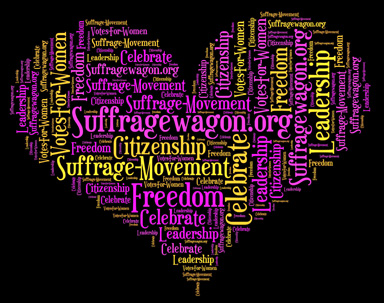
0 Comments